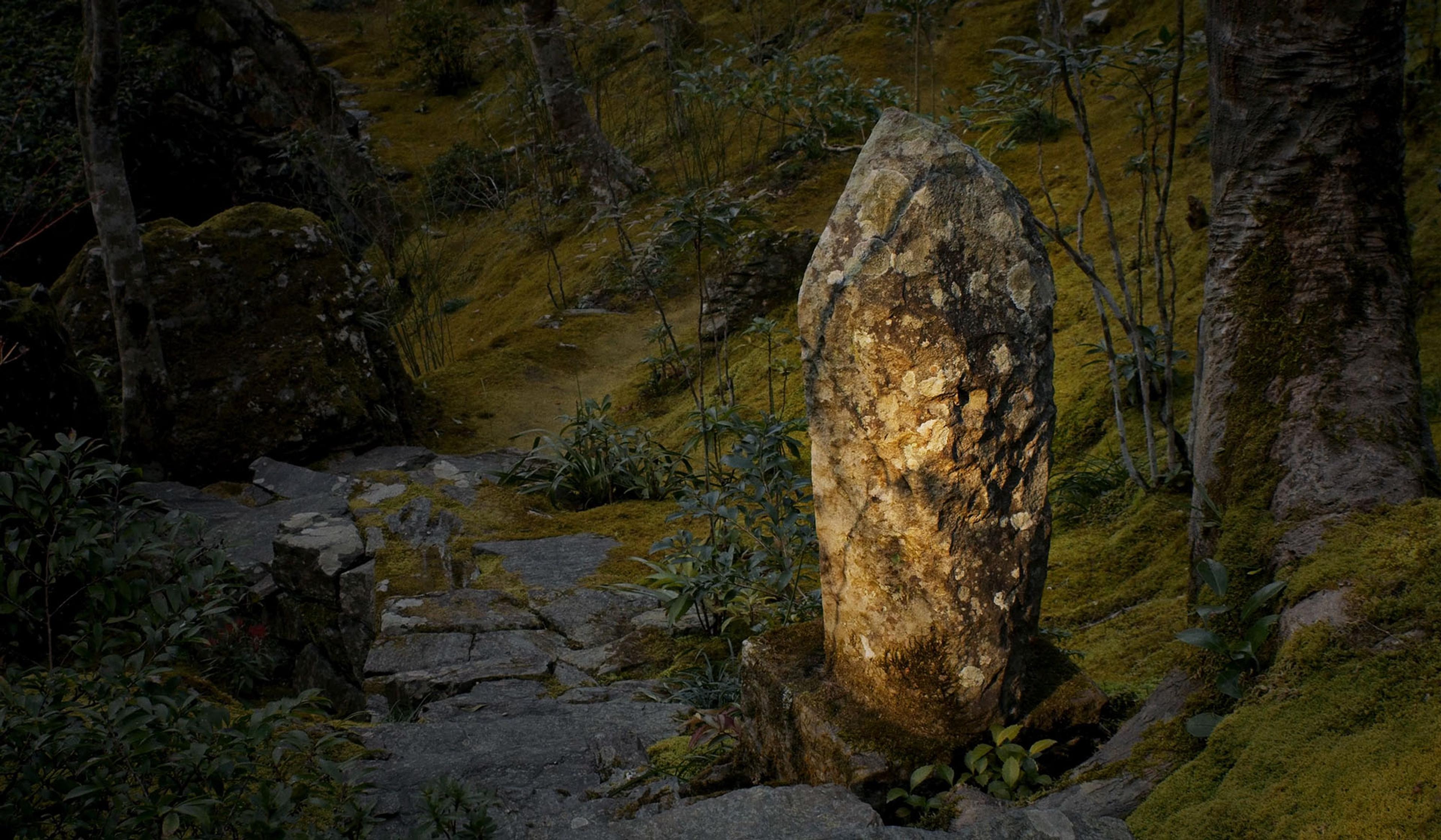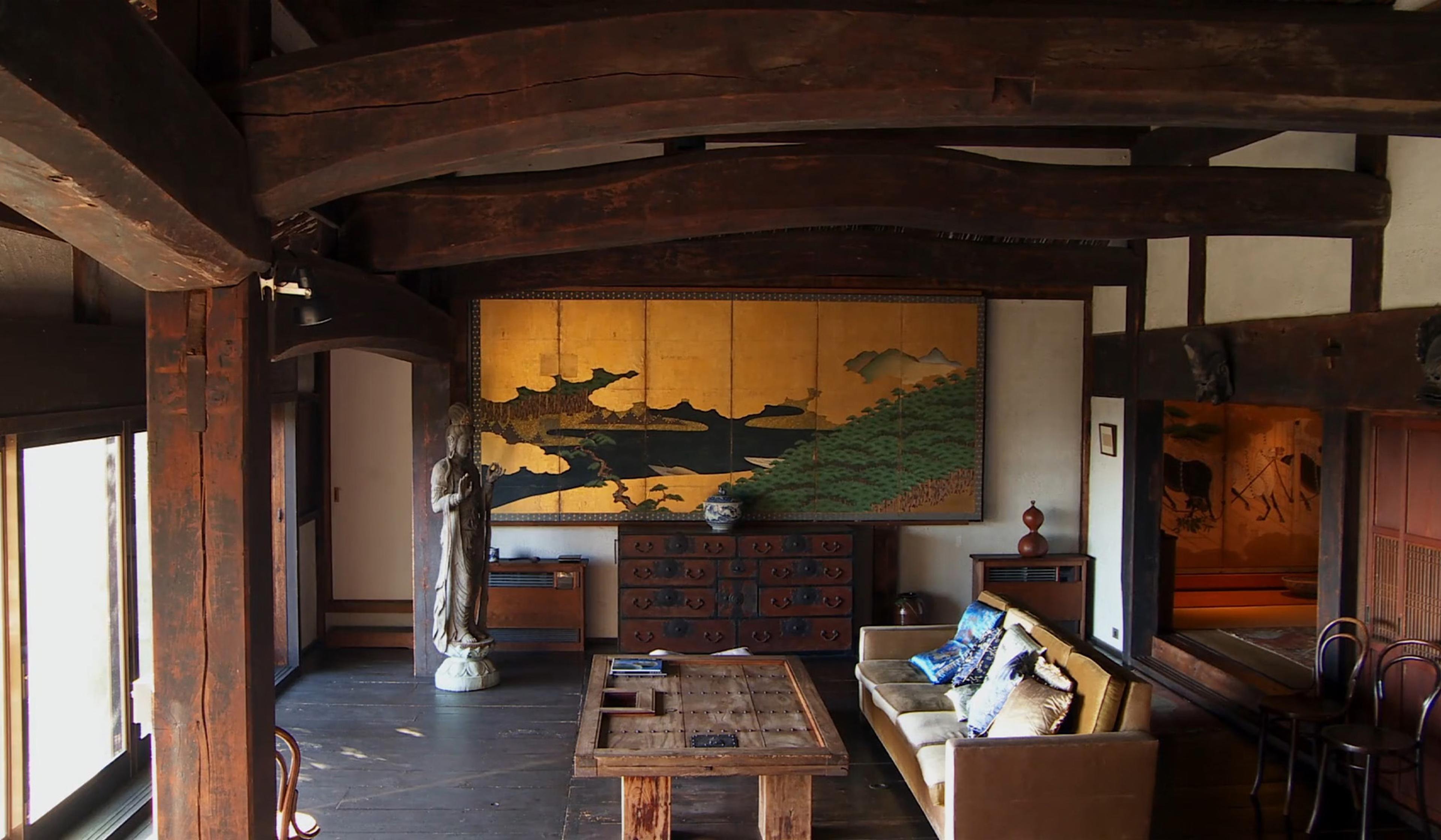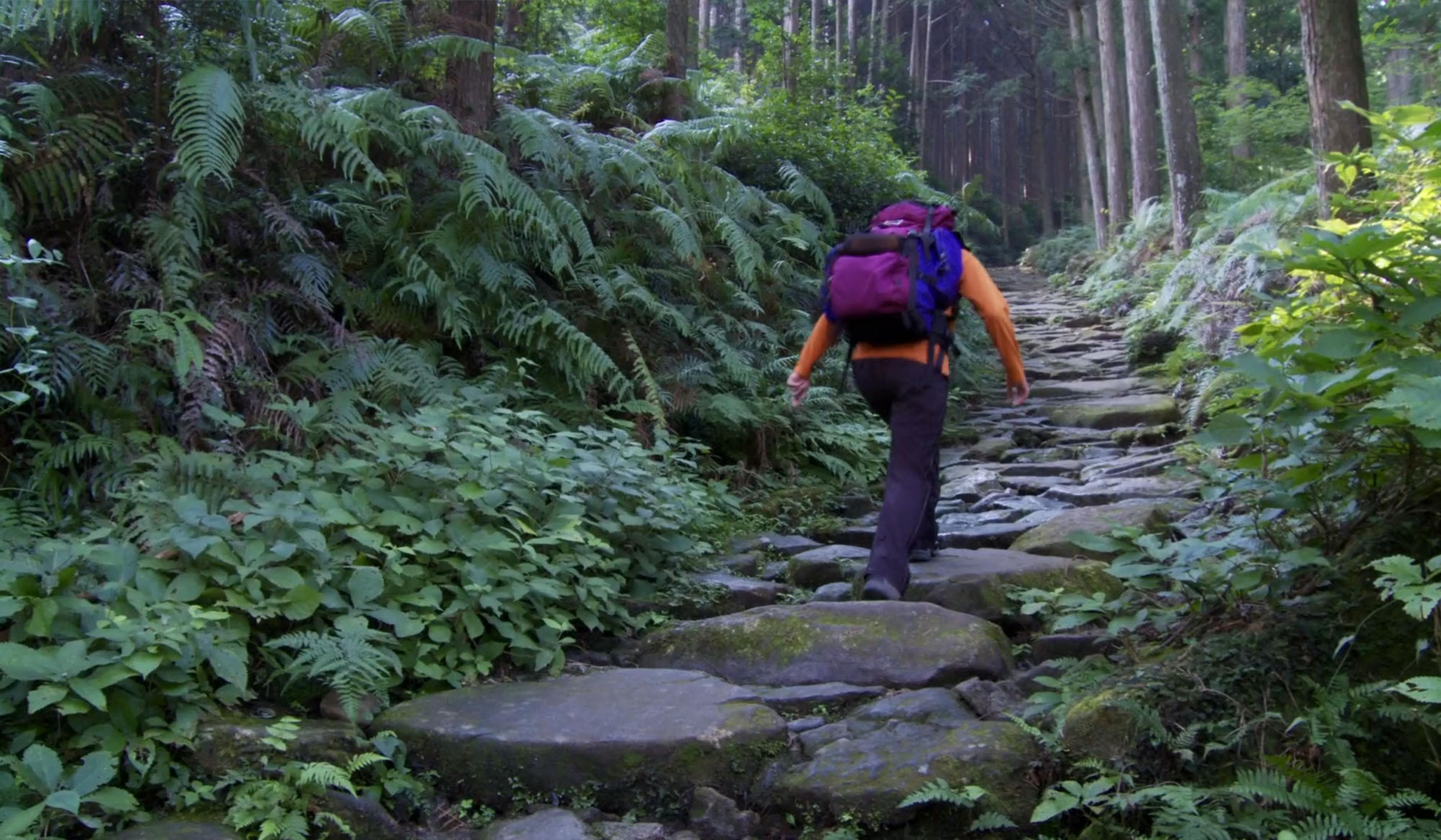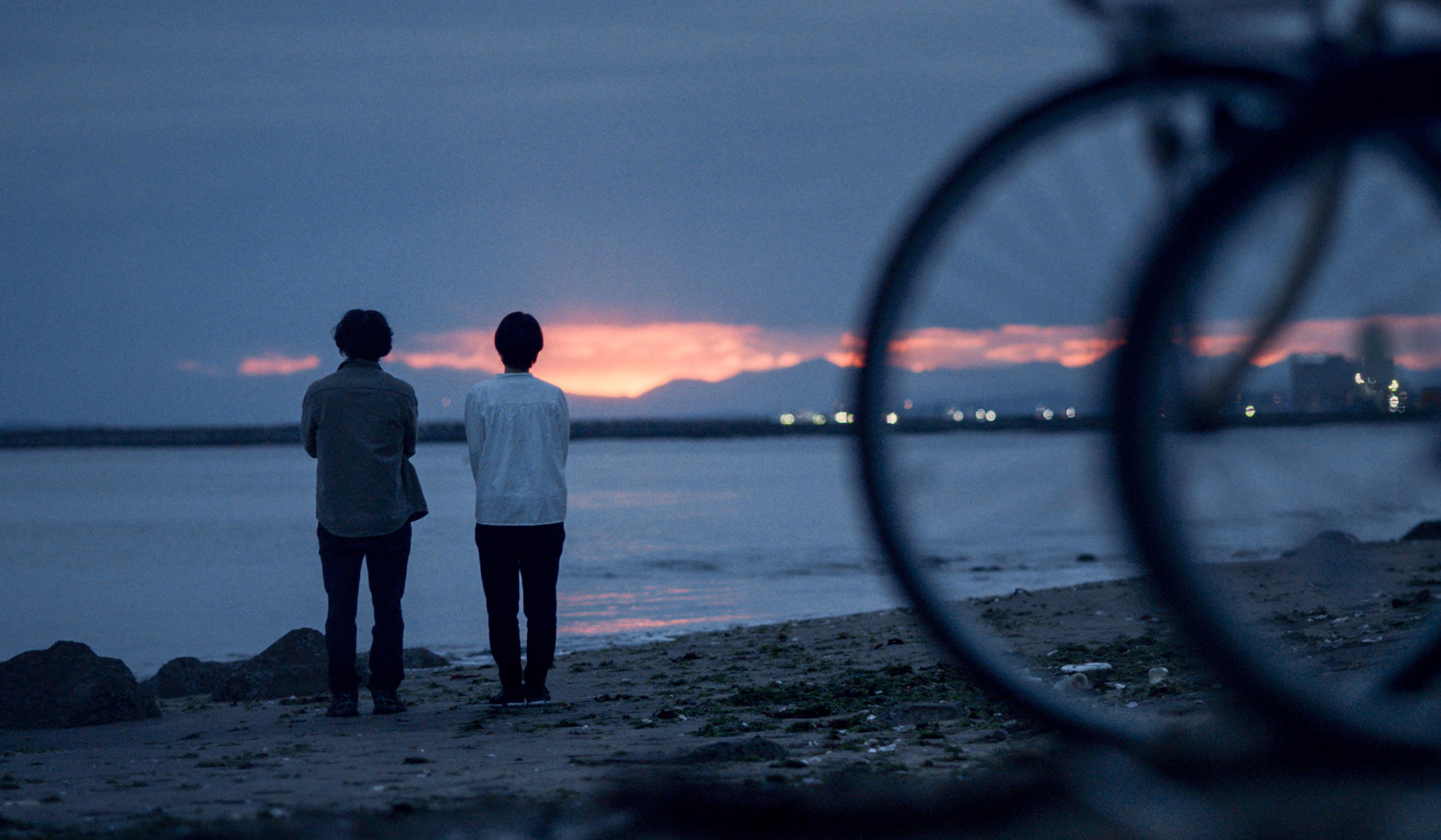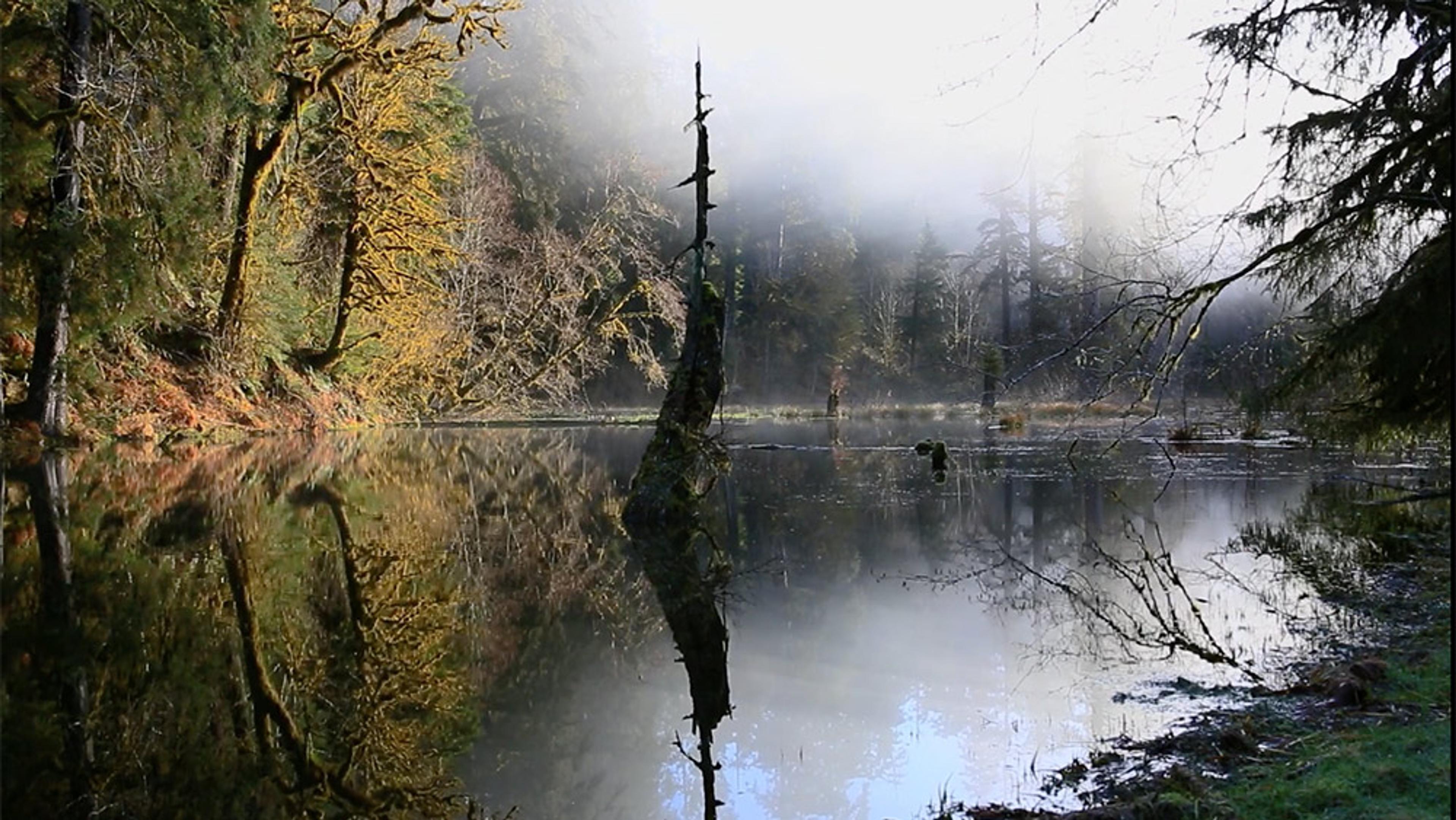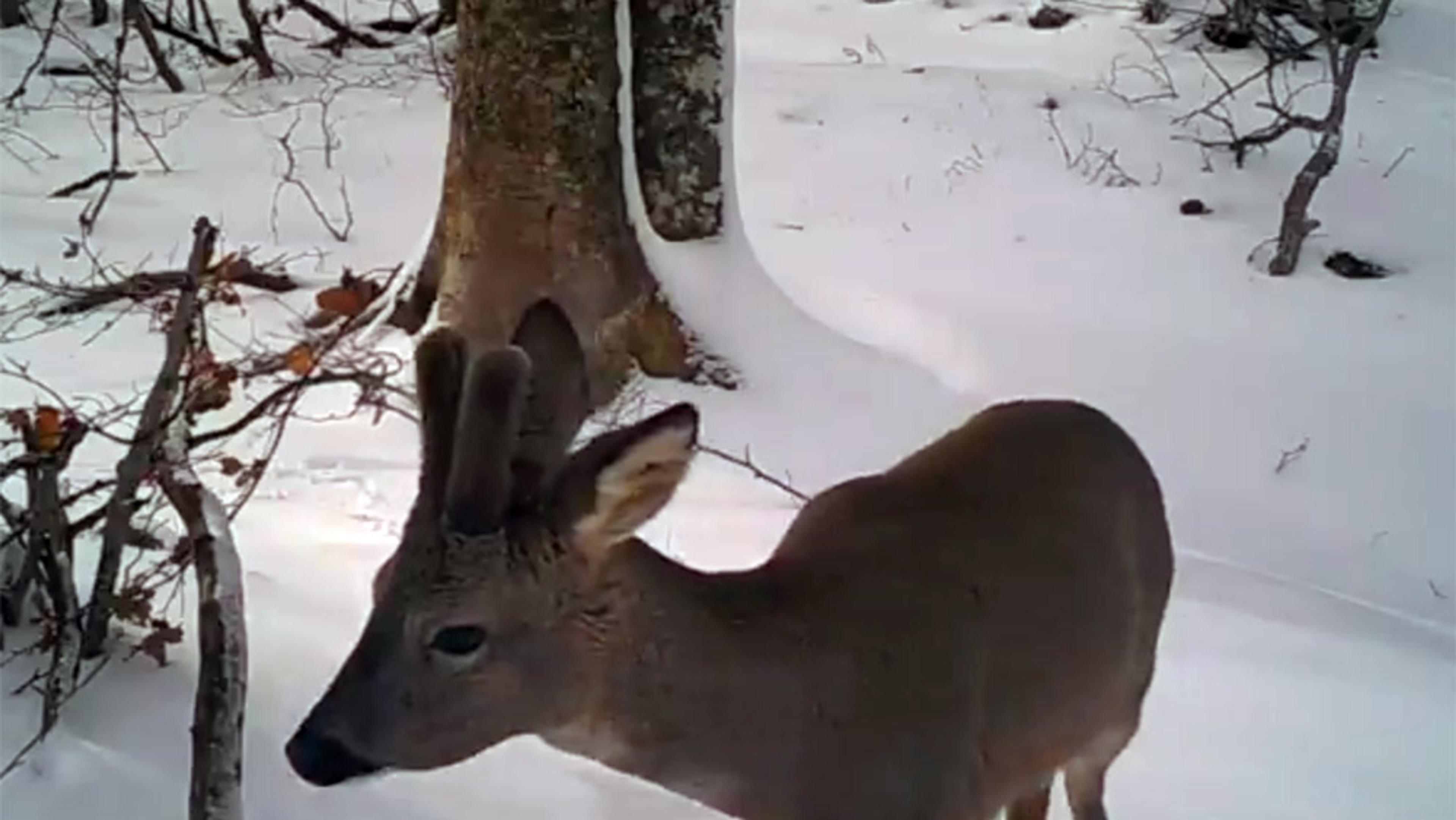A small island off the south coast of Japan, Yakushima is a UNESCO World Heritage site known for its lush forests, grand mountains and ancient cedar trees, some of which are thousands of years old. For the UK filmmaker Steve Atkins, Yakushima had long been a distant dream – a mythical forest painted in his imagination by the celebrated Japanese animator Hayao Miyazaki’s animated classic Princess Mononoke (1997), which had enchanted him since his youth. When he later learned that Yakushima had inspired the mystical forests of Miyazaki’s film, he resolved to travel to the island in a quest driven by passion, spiritual curiosity and artistic instinct.
In The Spirits of Yakushima, Atkins documents his time there, composing breathtaking shots of the island’s beauty – tranquil, yet pulsing with life. His images are accompanied by a cinematic score of strings, percussion and woodwinds as well as a meditative soundscape of heavy rain, running water and branches rustling in the wind. At any moment, it feels as if a kodama, or spirit of the forest, might be seen greeting the viewer from a tree branch. The resulting work is a worthy love letter both to Miyazaki’s masterpiece and its source of inspiration, forming a gentle argument for the transportive, perhaps even spiritual power of film to pull viewers into new worlds.
In his own words, Atkins describes the experience of making the film:
The journey took me up a steep trail through shifting weather into the nest of an ancient Japanese Cedar tree, the Jōmon Sugi, which is estimated to be between 2,170 and 7,200 years old. The discovery of the tree in 1968 sparked action to protect Yakushima’s ancient forests and rare ecosystem from logging. It was a long and profound hike, constantly surprising me with sudden elemental weather changes (Yakushima has the most rain in Japan) and the sweet wonder of encountering the many faces of the forest.
Even as a teenager, each viewing of Princess Mononoke had touched me with its reverence for the forest – a sense of respect for the whole as much, much more than the sum of its parts. To me, the film’s many characters seemed to be deeply interconnected; the archetypal animals, the majestic landscape and its wild flora, alongside the curious and playful kodama (‘tree spirit’ in Japanese) witnessing everything from the branches.
I have always been interested in how the etymological root of the word ‘spirit’ means ‘breathing’ or ‘to breathe’. As I walked the mystical trails of Yakushima, I felt each character catch my attention, no matter how grand or minute, active or static – each one a breathing part of a vibrant tapestry weaving a living story of an ancient place.
